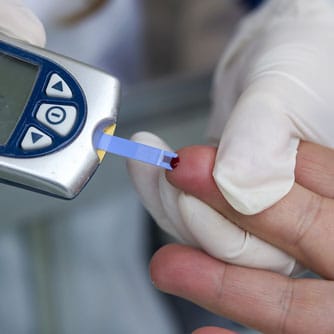Approximately 40 million type 1 diabetic patients worldwide stand to have quality of life improved with oral delivery of insulin, and it may mitigate many of the disease life threatening side effects that result from patients not giving themselves injections as required.
Typically insulin therapy is administered by injections under the skin or delivered by an insulin pump to keep glucose levels of most diabetic patients under control. Many diabetic patients fail to adhere to the regimen due to phobia of needles, pain, and interference with activities; consequences of which are poor glycemic control that can lead to serious health complications.
It has proven to be difficult to develop oral insulin delivery methods as the protein doesn’t fare well when it encounters acidic environments in the stomach and is poorly absorbed out of the intestine. The idea is to carry insulin in an ionic liquid comprised of geranic acid and choline put inside a capsule with acid resistant enteric coating, that is biocompatible, easy to manufacture, and can be stored without degrading for up to 2 months at room temperature.
Enteric coating will help the formulation resist breakdown by gastric acids in the gut, but will dissolve in more alkaline environments in the small intestine where the insulin-ionic formulation will be released; choline geranic acid formulation has been shown to adeptly penetrate layers of mucus lining the intestines and tight cell junctions of the intestinal walls.
Insulin which is orally ingested would closely mimic how a healthy pancreas makes and delivers insulin to the liver where 80% is extracted and the rest circulates through the bloodstream. Oral delivery may also mitigate adverse effects of long term injections.
It was noted that the oral insulin could be prepared in a one step process easily scaled up for inexpensive industrial production, making manufacturing cost effective and easily manageable.
More model animal testing needs to be conducted to further investigate long term toxicological and bioavailability. If all goes well gaining approval of clinical trial in humans could be made more easier by things such as the key ingredients in the ionic liquids being choline and geranic acid which are considered safe. The approach could be used for oral delivery of other proteins as research progresses.




